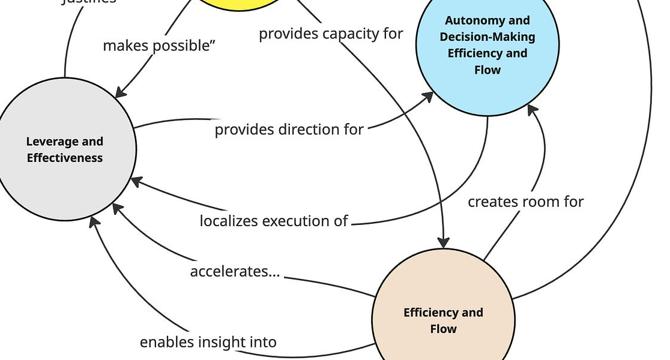The Beautiful Mess
1M
55

Image Credit: The Beautiful Mess
TBM 351: The 4 Prioritization Jobs (And Why It Matters)
- The article discusses the four primary jobs related to prioritization: Efficiency, Leverage and effectiveness, Alignment and autonomy, and Support, funding, and commitment.
- Efficiency focuses on minimizing context switching and reducing work in progress to help individuals or teams focus.
- Leverage and effectiveness involve determining the right mix of work to maximize impact while minimizing risk and investment.
- Alignment and autonomy seek shared context for collaborative decision-making and decentralized decision authority.
- Support, funding, and commitment address the structural aspects of prioritization, including resources, funding, and organizational backing.
- The article provides examples, such as a struggling platform team, to illustrate how these prioritization jobs manifest in real scenarios.
- It highlights how discussions often intertwine these jobs, making it challenging to prioritize effectively.
- Different examples, like High WIP vs. Impact/Leverage and Funding vs. Impact/Leverage, demonstrate the complexities when these jobs are not addressed separately.
- The article explores the concept of 'Above the Line. Below The Line' prioritization and its challenges when combining all prioritization jobs.
- It emphasizes that there is no single correct sequence for addressing these jobs and suggests different sequences based on context.
- The conclusion highlights the importance of recognizing and addressing the distinct prioritization jobs to improve prioritization processes.
Read Full Article
1 Like
For uninterrupted reading, download the app